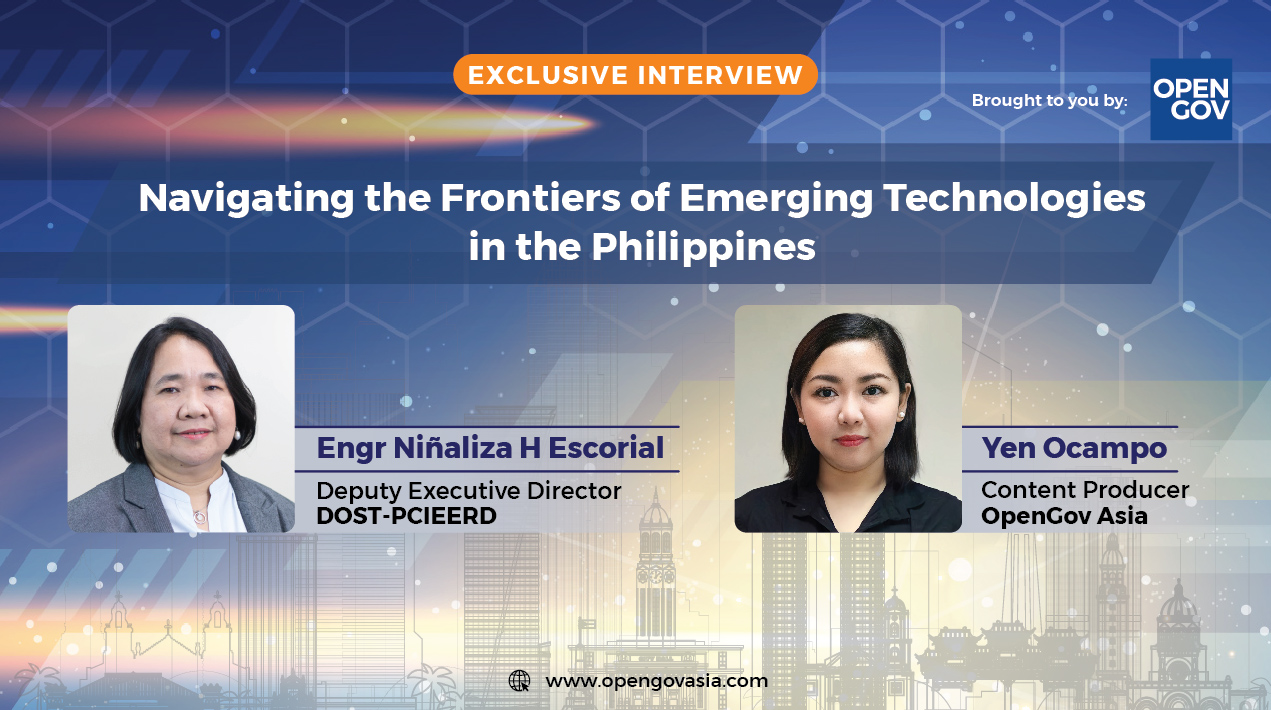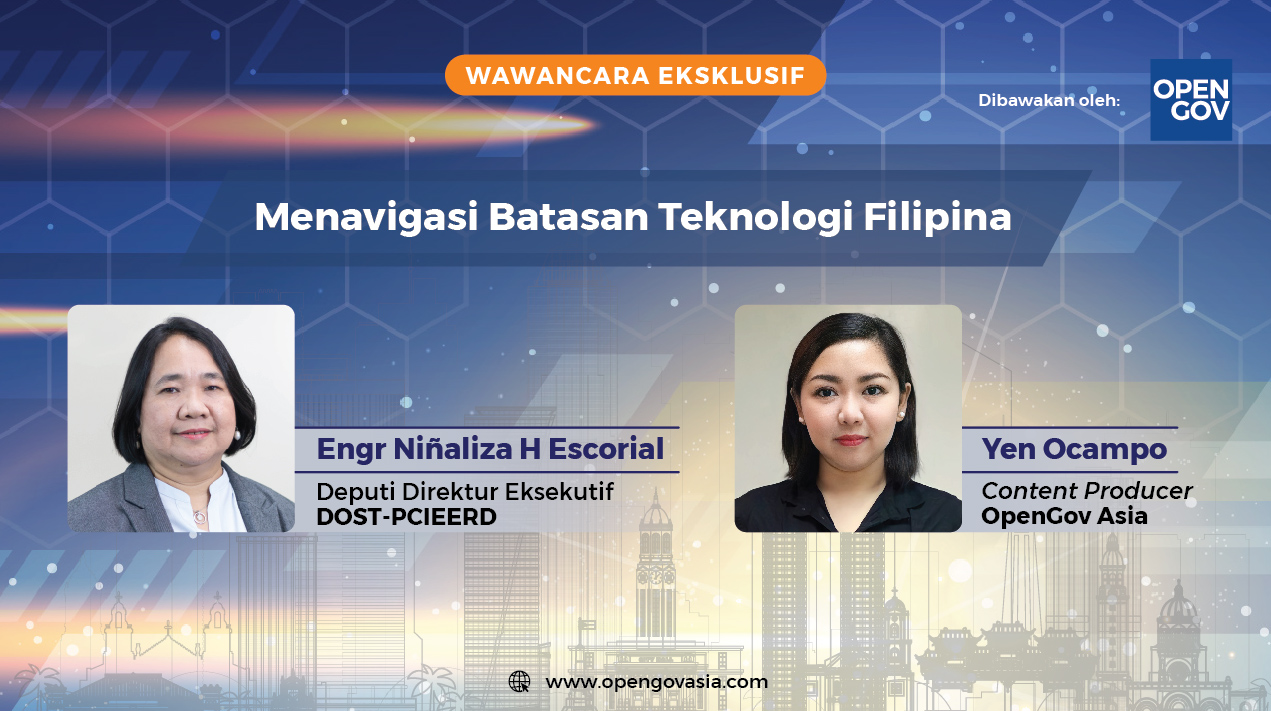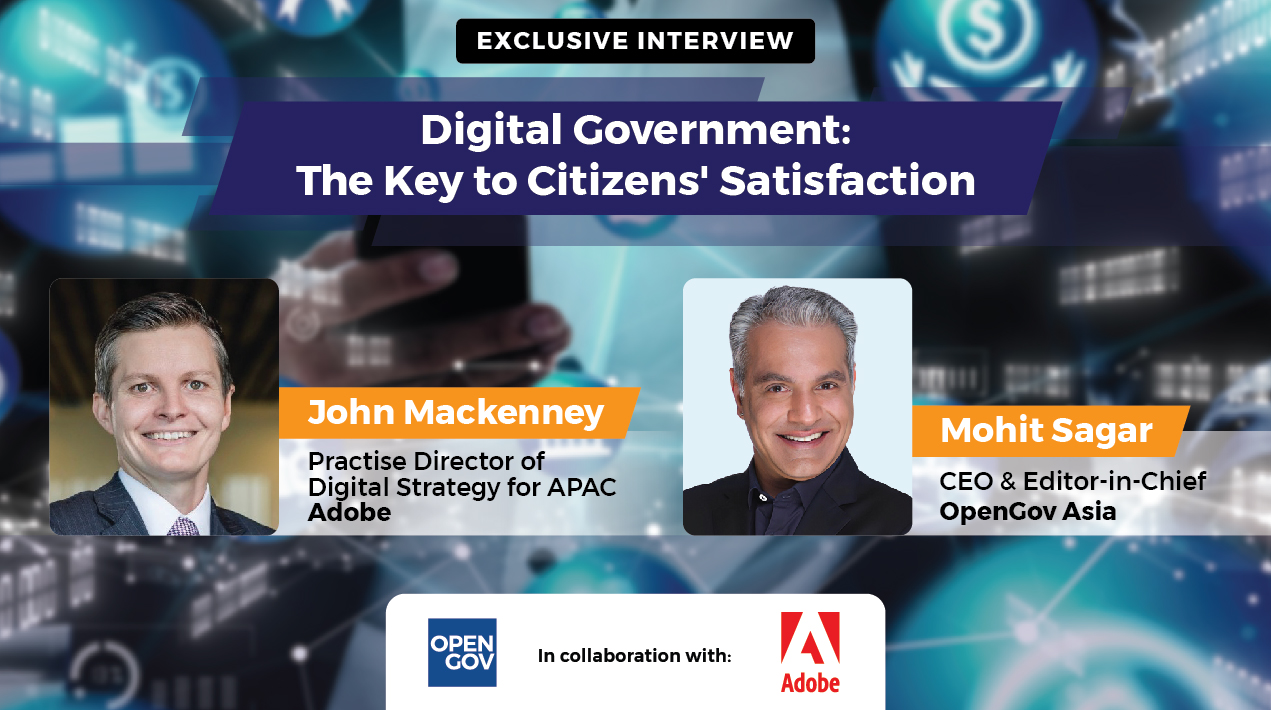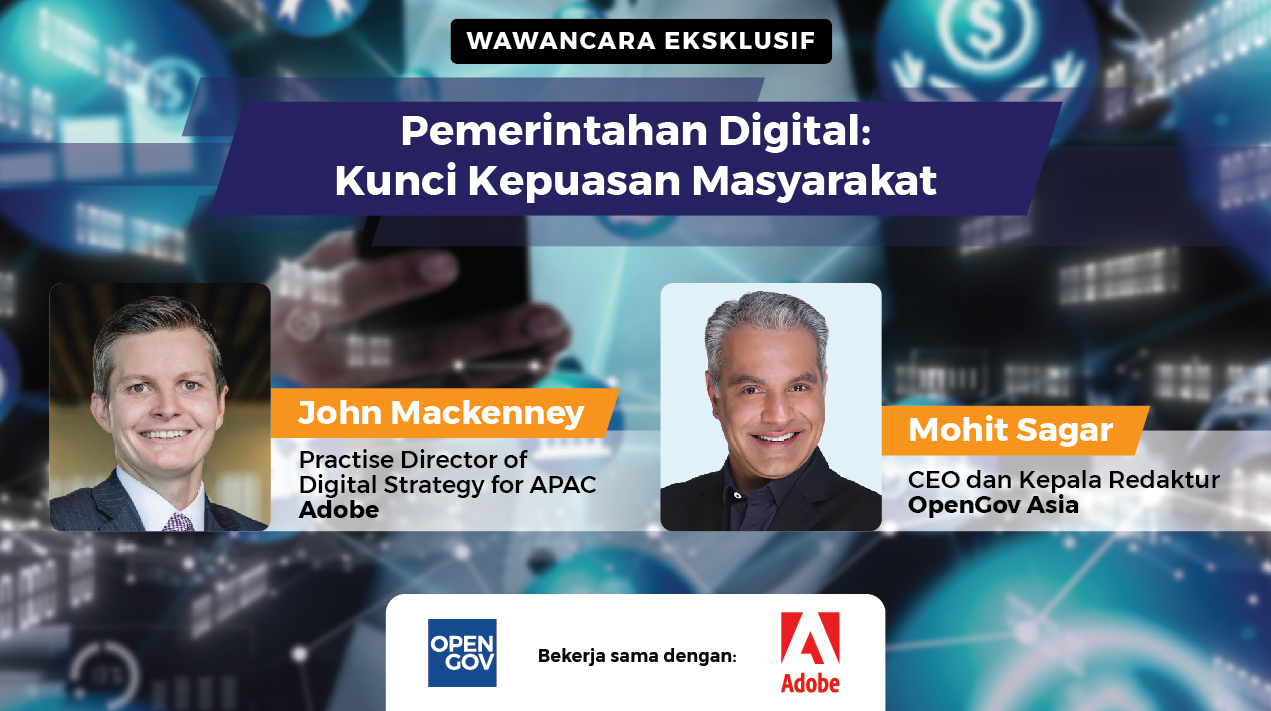
The City of Whittlesea is located in Melbourne’s north, about 20km from the Central Business District (CBD). It is one of the fastest growing municipalities in Australia, welcoming 7,900 new residents in 2014. Their current population is approximately 194,000 residents and is expected to grow to 333,700 persons by 2036.
As one of the largest municipalities in metropolitan Melbourne, the Government is expected to deliver efficient and accessible services through citizen-friendly platforms. This is why the City of Whittlesea is beginning to execute an intelligent community strategy.
Recently, OpenGov caught up with Brad Wynter, Organisation Improvement Manager and Smart City Innovator, City of Whittlesea, Australia, to hear more about what he is focused on for the year and how he is working to make Whittlesea into a Smart City. As Mr. Wynter informed us, the City of Whittlesea has long been working towards transforming itself into such an Intelligent Community.
“The City of Whittlesea have been using a series of strategies over a number of years. We are into our third iteration of our intelligent community strategy. That will operate from May 2016 for the next three years,” Mr. Wynter told us.
Through the Intelligent Community Strategy, the City of Whittlesea has been working to integrate advanced technologies to bring the municipality up to speed with other smart city initiatives.
The Intelligent Community Strategy is guided by the following objectives:
- Objective 1: Attract telecommunications infrastructure investment
- Objective 2: Create a digitally enabled organisation
- Objective 3: Maximise the benefits for the community and businesses through engagement
In order to carry this out, they must first tackle the issue of providing broadband connectivity to those who do not have adequate access.
“There are three streams of work which we are looking at. One is attracting adequate broadband infrastructure into the municipality, but also mobile capability,” said Mr. Wynter, “Currently, we have about fifty percent of our municipality with active fibre to the premises. It is the other people that we are looking to accelerate infrastructure access to.”
First, Mr. Wynter will carry out this plan by addressing the dearth of optic fibre access to brown fields.
“We are doing some work around crowding competitive forces in brown fields. We are leveraging off a conduit that we have required under our planning rules, to put in all green field estates. Now, they have become brown field estates. We are looking for investment by carriers to provide an optic fibre solution on open access basis to those.” Mr. Wynter told us.
Following this strategy, the next area of focus will be centred around mobility and improving connectivity for citizens across the municipality.
“The next area we are focused on is around infrastructures and mobile connectivity. We have some really bad black spot areas in our municipality,” said Mr. Wynter.
“Two of our suburbs, at the national level, have been identified by the national telecommunication ombudsman as the fourth and seventh highest in Australia with respect to connectivity complaints. Most of those complaints are related to mobile connectivity”
Australia’s National Mobile Black Spot programme has been working to address connectivity issues throughout rural regions. These ‘mobile black spots’ are identified areas with lack of advanced coverage. To become part of the program, locations were nominated by Australians during a public consultation.
When we asked Mr. Wynter about Whittlesea’s relationship to the National Black Spot Programme, we were surprised to hear him explain why this program has not satisfied their needs.
“That is a rural and regional program, we have had some upgrades from that. But the two suburbs I mentioned are in urban areas. The federal government policy is that this black spot money should only be applicable to rural and regional. Urban areas should be covered by competition, but they are not,” Mr. Wynter explained.
“That is why we are having to do some work in this space, working through the Mobile Peak Body so we can speed up the line of upgrades to mobile towers. Often, when a mobile tower goes up, it must go to public exhibition. If anyone wants to complain, they will. This process usually takes around 12 months and we are looking to get rid of those 12 months.”
Beyond this, Mr. Wynter and his team is working to improve online service delivery through using open data and driving their eGovernment initiative. Mr. Wynter emphasised the importance of using open data as a strategic enabler and argued a case for cities to create an open data platform.
Also, through their eGovernment push, Mr. Wynter will be looking to put as many services as possible on their online platform. This will help Whittlesea to provide citizens with greater and more accessible services.
“We are working to enable our organisation as an effective example of eGovernment. We are doing a lot of work, especially in the customer interface space, so we can deliver better services to our customers,” Mr. Wynter stated.
“We have done some initial work in this space but we are about to do some redevelopment of our website, to create a much more customer friendly interface. Also, we are doing a refresh of our e-service capability.”





















